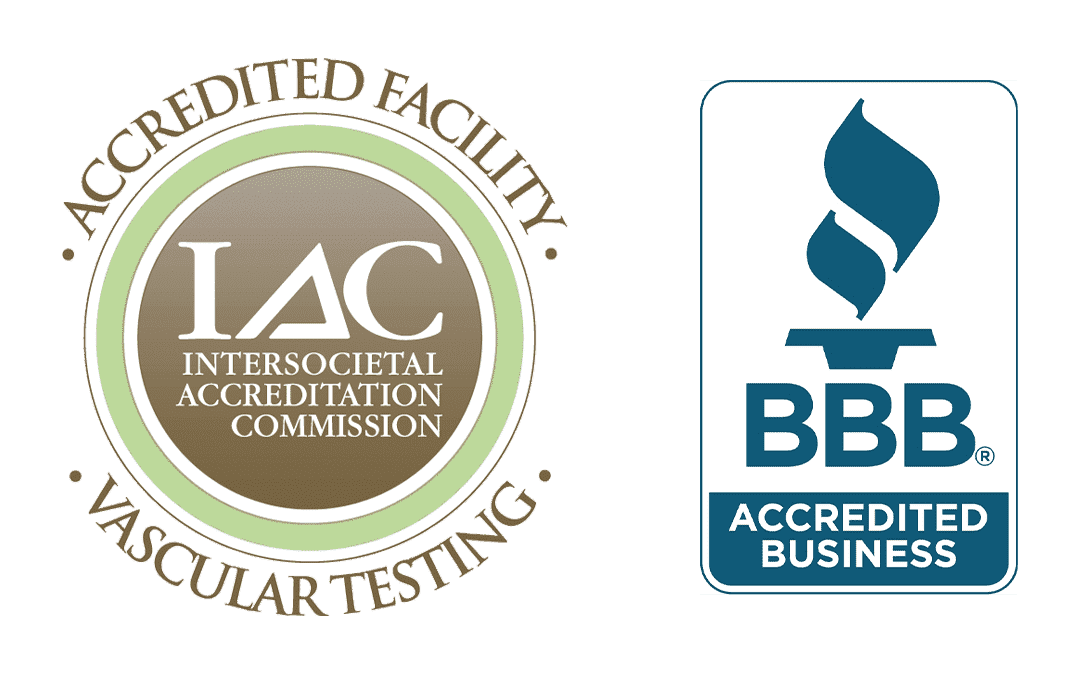Vascular Institute of Chattanooga performs a range of venous procedures tailored to treat patients’ medical needs. To learn about these procedures and what they entail, click each one below.
Chemical Ablation (Varithena) is the only FDA-approved foam treatment used to treat varicose veins. This medicated foam can treat the larger veins and is very good for the multiple medium to small veins. The surgeon will often discuss the situation with the patient and guide therapy for the appropriate situation.
RFA is a revolutionary new treatment used for significant varicose veins that previously were only effectively treated by stripping and removal. RFA is an outpatient procedure that involves using heat to close off nonfunctional and incompetent veins. During the procedure, a small catheter is inserted into an incompetent vein under ultrasound guidance. This catheter can then be heated, causing the vein that was accessed to close. There is little to no discomfort to doing this as the vein is pre-treated with cool saline and lidocaine solution. This procedure only takes about 10-15 minutes and you can return to most daily activities as soon as the next day.
A metal wire mesh tube called a stent is used to open and improve the flow of blood in the venous system reducing pressure and pain in the lower extremities.
This is a cosmetic procedure performed to eliminate spider or reticular veins. During the sclerotherapy procedure, a sclerosing solution is injected into the affected veins. This solution causes irritation to the inner lining of the vein, ultimately causing it to collapse. Over time, the treated vein is absorbed and fades away.
Common side effects include the injection site bruising, itching, and mild burning, or pain can occur. Skin hyperpigmentation can be a late-term effect.
The latest cutting-edge treatment for varicose veins is the VenaSeal Closure System, which improves blood flow and relieves symptoms by sealing – or closing – the diseased vein. The system delivers a small amount of a specially formulated medical adhesive to the diseased vein. The adhesive permanently seals the vein, and blood is rerouted through nearby healthy veins. Patients often have no pain, very little downtime, and return to their daily life almost immediately.
A venogram is an outpatient endovascular procedure performed under sedation anesthesia allowing the surgeon to capture images of the blood vessels. Veins are not able to be seen by general x-ray, so a special dye is used for this test, which highlights the vessels and any potential conditions that need to be addressed.
This technique uses a balloon to open the blocked vein. This procedure is often used with a stent, removing the balloon once the procedure is completed.
Venous Thrombectomy for DVT is a surgery to remove a venous blood clot that is performed in a hospital setting as an open surgical procedure. Advancements in endovascular repair allow for the vascular surgeon to perform the procedure in an outpatient setting, taking one hour under sedation anesthesia. The vascular surgeon will make a small incision in the groin, then insert a catheter into the femoral vein. The catheter would be guided over a wire to the clot and visualized by contrast dye that is used during the procedure. Once the clot is reached, it can be suctioned, dissolved, and broken into small pieces, allowing the blood clot to be removed and the blood flow to be restored.
